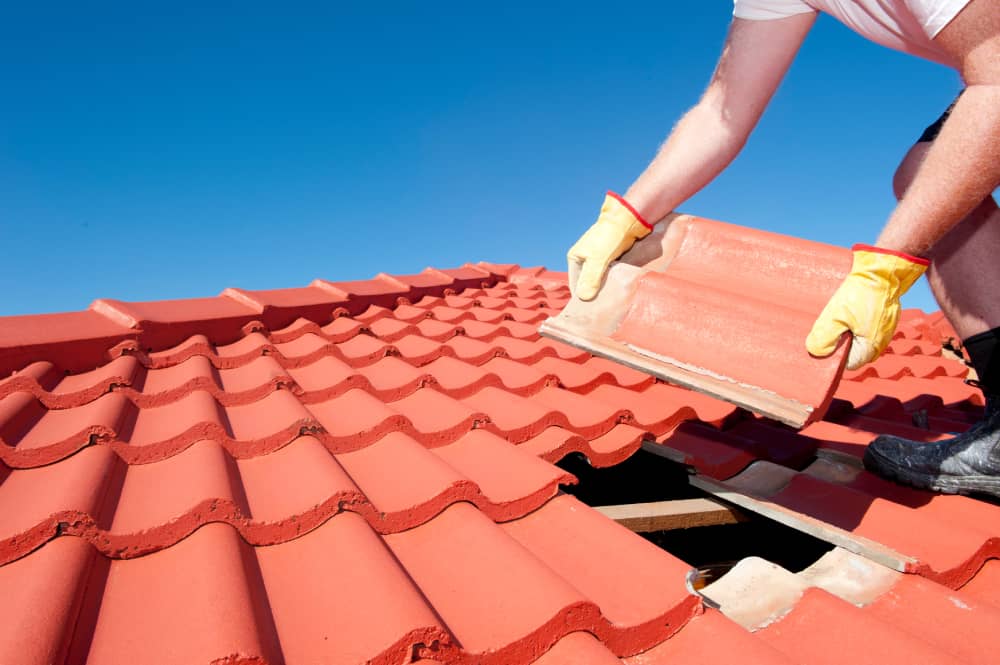When you think about installing stairs, you need to consider the material to use first. There are different materials you can use. However, wood, steel, and concrete tend to be the most common. Several factors determine the kind of material that home or building owners use to construct stairs. These are the cost, availability, and durability of the material.
Often, home or building owners must balance between durability and cost to ensure they use materials that are both affordable and long-lasting. Personal preferences also come to play when one is selecting material for staircases. Some people opt for wooden stairs while others prefer steel stairs—installation and maintenance are other factors that buyers consider when buying materials.
If you have plans to install access stairs in your home or building, you should know what it takes to install and maintain wooden and steel stairs.
How To Install Wood Stairs
When wooden stairs are installed in homes, they bring beauty and durability to the space. Wood adds a natural warmth to a house and complements different designs, both modern and traditional. However, the process of installing wood stairs is pretty straightforward. You’ll need to:
1. Measure Space and Pick a Starting Point
Measure the space where you wish to construct the stairs. This enables you to determine the type of wooden staircase you need to create. Establish where you want the stairs to start. Ideally, your staircase should be placed against a wall for stability. Place the lowest step away from obstacles like busy walkways, vents, or doors. Placing your staircase in a convenient section of the room allows it to add elegance and beauty to your home.
2. Draw Stringers Line
Using a pencil or chalk, draw a diagonal line on the wall for the stringer. A stringer is the stair section that has threads or steps. This is where the risers which are vertical wooden pieces were perpendicularly attached to the threads.
3. Procure Construction Materials
Once you’ve established the size of stairs and drawn your diagonal line, source for the materials you need to use. For every thread of the staircase, you’ll need 2 stringers, risers, and boards. Ensure that you get the length and width measurements correctly. When buying stringers, pay attention to the quality. Avoid pieces that are splitting or warping.
4. Fix the Stair Stringers, Threads, and Risers
Place the stair stringers along the diagonal line and use a framing hammer to nail them to the wall. Ensure that each nail is secured well and use braces to fix the stringers to the floor. Once done, place the precut threads on the stringers and connect them with nails. On each stair, fix the risers to the stringers vertically between the threads.
5. Install the Handrail
Use vertical spindles to make a standard handrail. A handrail runs parallel to the stringers. Fasten the handrail to the stringers and on the wall at the stair’s top end.
How To Maintain Wood Stairs
While wooden stairs add aesthetic value to a home, they need proper maintenance because they can’t stand regular traffic. With time, the wear and tear start to show from the heavy day-to-day use. Wooden stairs are pretty costly to maintain. Proper maintenance involves:
1. Regular Cleaning
Wooden stairs should be cleaned regularly. The cleaning process involves removing debris, dirt, and dust either by sweeping or vacuuming. After removing the loose dirt, use oil soap and a sponge to scrub sticky dirt and give the wood a fresh look.
2. Wipe Spills Right Away
If you spill liquid on wooden stairs, wipe it immediately. If the fluid is left unattended, the wood may become discolored, making it difficult to remove the stain or mark.
3. Protect The Wood
Wood gets damaged easily and therefore needs protection. To protect wooden stairs in your home, consider carpeting the staircases or adding a rug runner.
4. Oil Your Wood Stairs
Give your wooden stairs a polished, lively look by applying oil at least once a month. Once done, give them a varnish and wax finish to make them glow.
How To Install Steel Stairs
Steel stairs are relatively challenging to install for DIY enthusiasts but pretty easy to maintain. In many instances, these stairs are installed inside and outside of a building. Most steel stairs are manufactured as a kit then assembled on site.
With such a kit, installation involves building the staircases up as per the sketches and bolding the sections together. Although the process may sound simple, it’s essential to consider safety issues before commencing installation.
How To Maintain Steel Stairs

Maintenance of steel stairs is pretty straightforward. It involves:
1. Use a Pressure Cleaner
If you’ve installed steel stairs outside the building, using a pressure cleaner is the best way to clean them up. Get a pressure cleaning machine, connect it to power, and then hose the dirt down the stairs. Once you’re done, leave the surface to dry up.
2. Scrubbing the Surface
Using a disposable or microfiber cloth, scrub the staircase to remove grime and dirt. Although this takes time, it helps in maintaining the stairs in good condition.
3. Use Cleaning Liquid to Wash the Stairs Off
Steel stairs should be washed using a mix of cleaning liquid and warm water for a sparkling shine. The best way to do this is to mop the stair surface, starting from the top moving down. If there are signs of rust, ensure that it’s eradicated.
Conclusion
Although there are different materials to choose from, wood and steel are the two most common materials that home and business owners use to install stairs in their homes. Each type of stairs has its pros and cons. Although wood stairs take time to make because only one section can be installed at a time, the process is easy and this means that DIY enthusiasts can do it.
On the other hand, steel stairs are manufactured in kit form and assembled on site. This makes the installation process faster but challenging for DIY enthusiasts to do on their own. In terms of maintenance, steel stairs are more manageable and less costly. The same can’t be said of wood. To achieve a polished look, you’ll need to invest in oil soap, varnish, or wax, and even lay a carpet to protect the stairs from damage.













